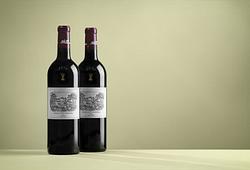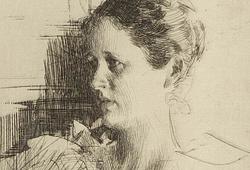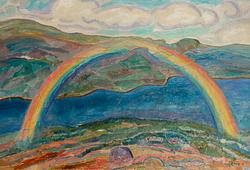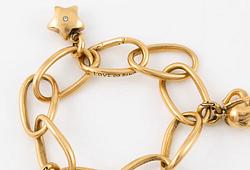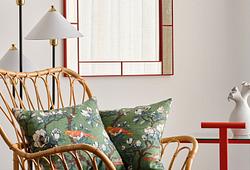Veit Laurent Kurz
Veit Laurent Kurz, executed in 2015. Styrofoam, candle gel, model grass, plastic plants, shells, fake jewellery...
"Grillenwand#1 (Chiraptophobia Series)". 240 x 200 x 25 cm
Styrofoam, candle gel, model grass, plastic plants, shells, fake jewellery, electronic components, wood, acrylic colour, plastic pipes, femo, plastic hair.
Provenance
Johan Berggren Gallery, Malmö.
Exhibitions
Johan Berggren Gallery, Malmö, "Chiraptophobia", 26 March - 2 May 2015.
More information
Veit Laurent Kurz is a German Postwar & Contemporary artist who was born in 1985. Numerous key galleries and museums such as Aspen Art Museum have featured Veit Laurent Kurz's work in the past. The maker's first piece to be offered at auction was "Veit Laurent Kurz" at Heritage Auctions, Dallas in 2019.Veit Laurent Kurz has been featured in articles for Berlin Art Link Magazine, Frieze Magazine and MOUSSE Magazine. The most recent article is Veit Laurenz Kurz at Weiss Falk written for Art Viewer in April 2021.
Veit Laurent Kurz is represented by GALERIE ISABELLA BORTOLOZZI
Veit Laurent Kurz’s expand upon an imagined, artificial biosphere. Contained within these sculptures and installations are micro-analogies to fears and in- hibitions, like Chiraptophobia – the phobia of being touched –The biology of things, and how things operate, fall in and out of contact, is rendered as an immersive working methodology in Kurz’s projects. The centerpiece of Chiraptophobia at Johan Berggren Gallery, Malmö, in 2015, for instance, was a larger version of the artist’s terrain-prop landscapes, which he began to develop as components in the series Megaya (likewise at Johan Berggren, 2015). These artificial topographies have evolved like living organisms: industrial and electronic machine parts, tall plastic flowers and glistening pools of clear resin have been added to customary faked moss-covered stone ruins that typified Kurz’s earlier models based on 3D modelling programmes. While alluding to formerly inhabited worlds, Kurz’s post-technological landscapes are recast as entropic, fledgling ecosystems in an ancient future, or sometimes as parts of ‘production units’ for the manufacture of the herbal juice Herba-4 – a recurring fictional product. Made primarily from painted Styrofoam and modelling materials, they resemble the kind of homespun tabletops associated with hobbyists and escapist role-playing games. Such models act as containers for the projection of fantastical scenarios. Similarly in the artist’s work, the shift in scale tends to create a fantasy backstory rather than glue together a piece-by-piece ‘reading’. In this respect, Kurz shows a regard for a creative impulse found in childhood and adolescence – when the imagination when it, one could say, is somewhat untainted by the effects of larger social and cultural influences.





